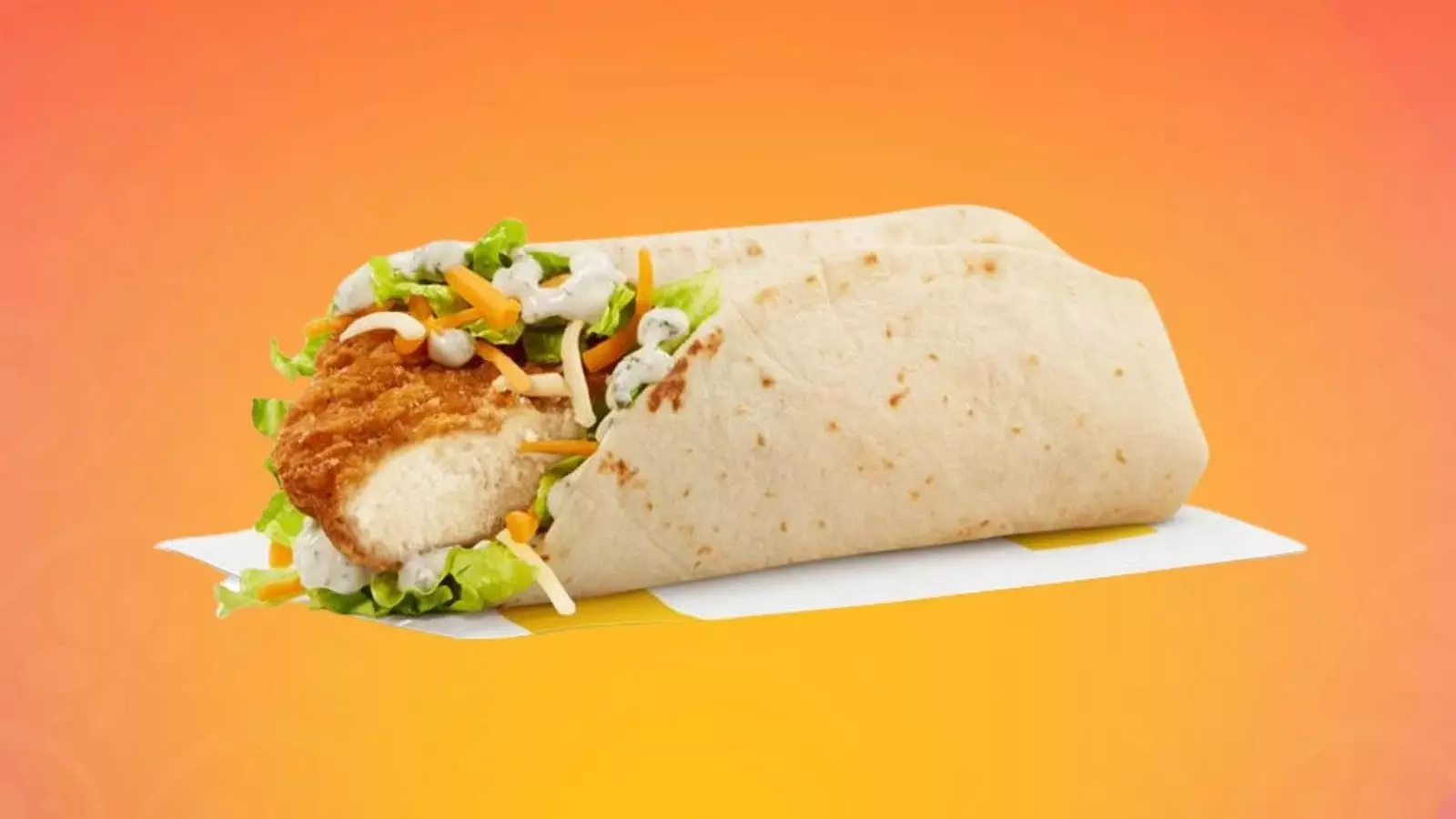In 2016, when McDonald’s decided to retire its beloved Snack Wrap, it didn’t just remove a menu item; it stripped away a cultural artifact cherished by its fans. Fast-forward to 2025, and whispers of its reintroduction have sparked nostalgia among many, prompting discussions about what made this particular snack resonate so deeply. The Snack Wrap wasn’t merely a convenient meal— it encapsulated significant aspects of modern dining, efficient living, and emotional comfort.
The enduring demand for the return of the Snack Wrap stems from a collective yearning for accessibility in our increasingly frenetic lifestyle. As the world pivots rapidly towards fast-paced consumption, a notable shift in eating habits has emerged. The Snack Wrap provided not just food, but a lifestyle choice: a portable, easy-to-eat item that filled the gap between a hasty breakfast and a leisurely sit-down meal.
Today’s consumer landscape showcases a striking trend toward handheld foods. A report by Technomic in 2024 confirmed that nearly three-quarters of people regularly consume food on the go, while millennials particularly favor quick meals over traditional dining. This evolution proves that modern life is demanding, not just in the workplace but in the kitchens of households.
This love for conveniently portable food links us to a rich tapestry of historical and cultural dynamics. Across various cultures, handheld foods abound. From Middle-Eastern wraps and Mexican burritos to Japanese sushi rolls and American hot dogs, these foods share a common thread: they offer autonomy and convenience. The Snack Wrap was emblematic of this category, easy to devour with one hand, perfectly portioned, and adaptable to various fillings.
Beyond mere convenience, the sentiment surrounding handheld meals speaks to deeper emotional connections. For many, their culinary nostalgia is tied to childhood memories—think of scrumptious PB&Js or the warm, inviting taste of home-cooked tortillas filled with savory delights. Food memories encapsulate more than flavors; they connect us with periods of comfort, security, and joy. Handheld foods seem inherently comforting, making them appealing during uncertain times.
Nostalgia marketing has become a powerful tool for food brands. Industry insights from Datassential’s 2025 Trends Report reveal a resurgence in interest for nostalgic snacks, indicating a willingness among consumers to revisit their pasts through edible artifacts. Favorites such as Jell-O and Pop Rocks are seeing a renaissance, a trend mirrored by brands eager to satiate this newly ignited fervor. The return of the Snack Wrap aligns perfectly with this trend, highlighting an organic demand for the familiar in a time of rapid change.
Recent studies indicate that the act of physically engaging with food can elevate the overall dining experience. Holding food, feeling its texture, and enjoying flavors on one’s terms heightens satisfaction. The tactile aspect of the Snack Wrap contributed to its appeal; it wasn’t just about eating—it was personal engagement, an experience akin to sharing comfort.
This interactivity fosters a connection that traditional dining often lacks, especially in a world where meals are frequently on-the-go. Eating at one’s desk or in transit becomes a more fulfilling endeavor when the food we consume engages both our senses and our nostalgia.
The return of McDonald’s Snack Wrap should be viewed within a broader societal context. It highlights how food preferences reflect not only personal tastes but shifting cultural dynamics. As our lives grow busier, the wane of traditional dining experiences begs for adaptation and innovation in food offerings. This isn’t simply about resurrecting an old favorite; it reflects a deep desire to engage with food that nourishes our need for convenience and comfort.
In essence, the revival of the Snack Wrap isn’t just a nostalgic journey; it’s part of a larger narrative about modern consumption. Handheld foods encapsulate the essence of contemporary eating—efficient, satisfying, and rooted in cultural significance. Fast food icons continue to pivot towards these portable offerings, acknowledging that our eating habits are not merely trends but integral parts of how we navigate life. The Snack Wrap’s return represents more than just a culinary comeback; it signifies a collective hope for food that can remain part of our evolution, with love and familiarity at its core.


Leave a Reply